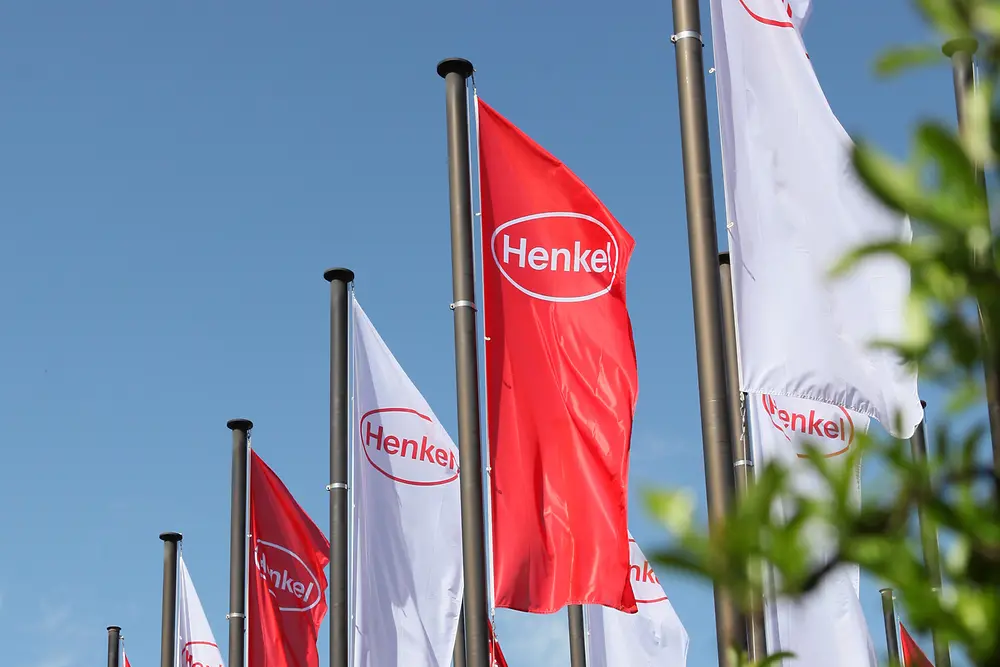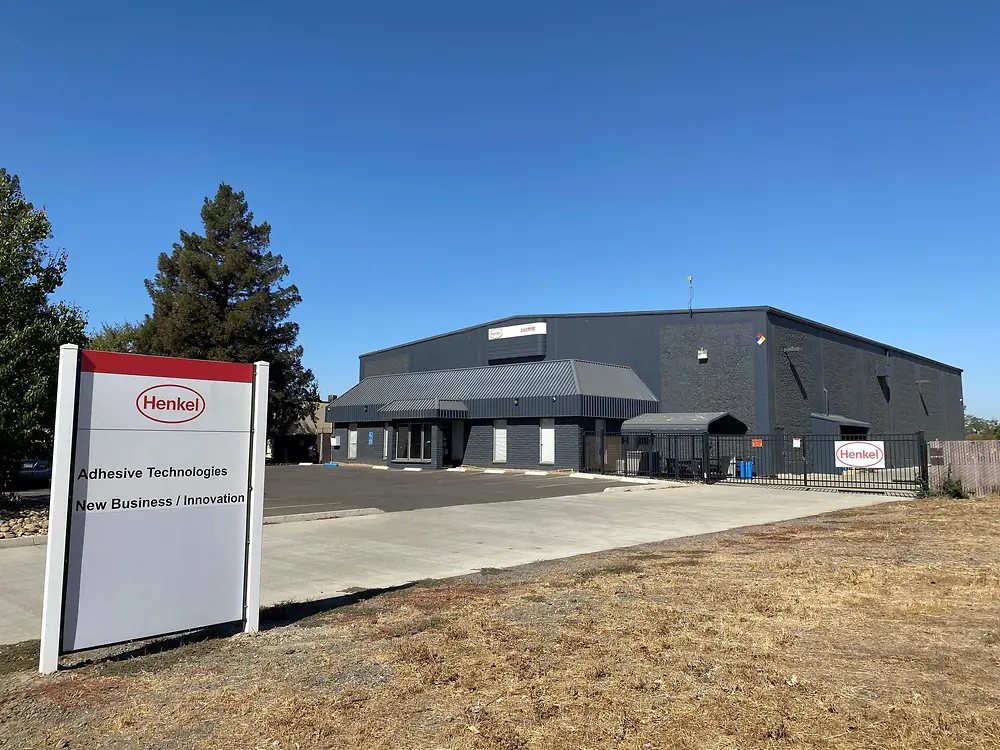The production waste at the site includes a variety of non-hazardous materials including cardboard, paper and other packaging materials, which are recycled. Until recently, other materials that were not as easy to recycle were sent to landfills. With the development of new capabilities and business processes, Henkel validated that its vendor could process additional materials for energy recovery, enabling the facility to completely reach its goal for ZWTL.
“Waste reduction is commonly thought of as one of the big benefits of additive manufacturing,” says Jake Kisner, Operations Manager, 3D Printing at Henkel. “However, the major focus today is on a narrow part of the supply chain. Certainly, there is less waste in production when comparing additive with a subtractive technology like machining, but there are also opportunities upstream, before a job is ever printed.”
Henkel’s sustainability strategy is to add value through its business activities while reducing its environmental footprint. By 2030 the company plans to triple the value it generates from its products and services, while simultaneously striving to become more efficient in its approach to operations, focusing on three key areas including “energy and climate,” “materials and waste” and “water and wastewater.”
“We are committed to fulfilling our sustainability promise,” says Kisner. “From a materials and waste perspective, we are working to reduce resource consumption, leverage renewable raw materials, and streamline our packaging to minimize waste. But we’re also keenly focused on improving our recycling efforts. Achieving ZWTL status at the Dixon facility demonstrates our 3D printing team’s resolve in helping Henkel achieve its environmental goals. Not only did we have to identify all the materials we were sending to landfills and find a way to recycle them, we also had to create and implement new processes. The motivation and contributions from our employees were evident. They were excited to impact change, both within our company and for society as a whole.”
Achieving ZWTL status is a global initiative, and already more than 66% of Henkel’s Adhesive Technologies production facilities worldwide have reached ZWTL status including eight in the U.S. The team at Dixon created a solution that is truly scalable, and as the additive manufacturing business grows within Henkel, the impact becomes even more profound. While there are some unique processes involved with the manufacture of 3D printable resins, there are many best practices that can be implemented at other facilities, and beyond Henkel, there is also opportunity for the additive manufacturing industry as a whole.
To learn more about Henkel’s sustainability strategy, please visit https://www.henkel.com/sustainability.
For more information about Henkel’s 3D printing business, please visit LoctiteAM.com.







